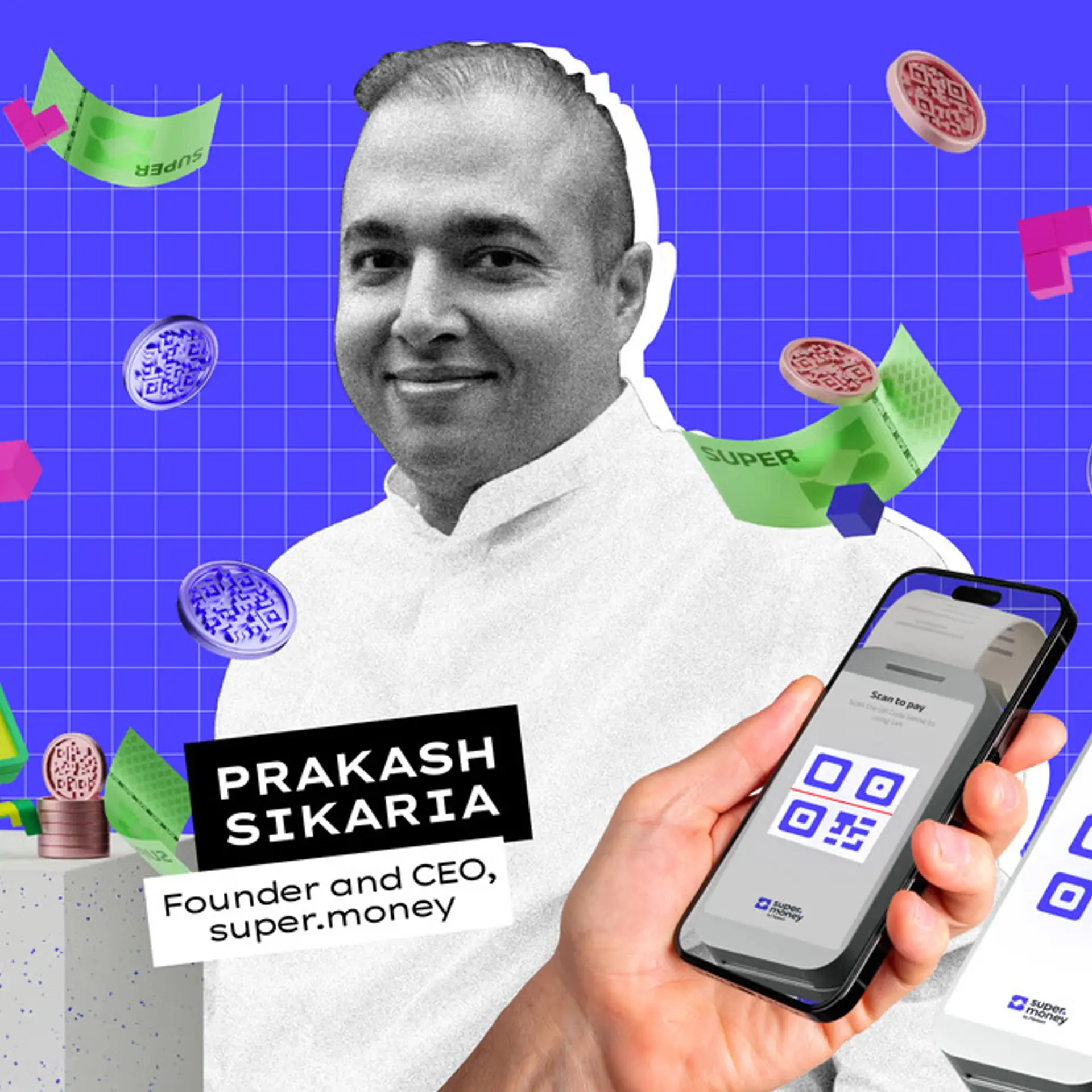mTatva is using technology to help patients heal better and faster
![3b173c4[1]](https://images.yourstory.com/cs/wordpress/2014/04/3b173c41.jpg?fm=png&auto=format)
mTatva is a healthcare company that combines medical expertise with communications technology to ensure that patients have access to quality medical care at their fingertips. Baljit Singh, founder and CEO of mTatva, worked for eleven years in multiple big companies as well as start-ups in the IT area, technology and management and business roles. Then in January 2013 he quit his job and founded mTatva. The company got formally incorporated in April 2013.What prompted you to start mTatva?
Four years ago I was visiting my parents back in Haryana and observed that there is a big gap in terms of what they need in healthcare facilities and what is available. I started to work on telemedicine solutions but found that it had multiple issues which need to be resolved first. For example, both doctors and patients have to accept the technology, the logistical aspects, and so on. We thought to introduce technology in the outpatient departmentfirst and then let it naturally migrate to telemedicine. Finally last year I took the step and started mTatva, which is in primary healthcare IT.
What is mTatva?
mTatva is a primary healthcare IT company, specifically the outpatient department. Sixty per cent of the total money spent, in private spending, in healthcare in India, is in primary care. A lot of innovation is happening in the inpatient department, when the patient gets admitted. There is hardly anything happening in the outpatient department. Upon getting admitted, there is a host of technologies available to benefit the patient. But if I go and see my doctor, it hardly amounts to anything. That’s where we wanted to have a complete solution where the relationship does not end as soon as the patient walks out of the doctor’s room. It is a continuous relationship till he recovers. We provide a nurse on mobile, who can take care some of the worries of the patient.

Industry Overview
There are multiple companies which we see as of today that do EMR and provide similar solutions. But they expect the doctors to make the entries. The other thing which we do differently is the information given to patients. We know what a patient has been diagnosed with and what they are going through. We have an information bank, created by our clinical team and reviewed by doctors, and it is growing. We give this content to patients. There are healthcare providers who work in bits and pieces, but not as a complete solution. That is where we do things differently.
Tackling Challenges:
The thing which we need the most now is scanning the prescription. So some amount of time has to be spent educating the patient in why this is important for them. We are spending a lot of time in developing resources for this.
The other challenge, which is always there, is selling the service to the providers. We are looking for partners who believe in thinking that these solutions should be given to patients because they help them recover in a better and faster way.
Revenue Model
We are serving the patients but not selling directly to them, as of now. We are actually selling to businesses and partnering with them. We are enabling service providers for them. That’s where our revenue comes from. It’s mostly a pay per subscription scheme for now.
Future Expansions
We believe this solution can have the biggest value for people in remote areas. They are the ones who are medically not very literate or have less understanding of what a particular medication is about. We want to introduce SMS solutions as well as information content in multiple languages. That is one aspect which we are looking to develop, after having reached out to the urban crowds.
We are trying to expand our patient base from 250 sign ups to 700 or 800 new sign ups. We look to doing that in some angel rounds in a couple of months from now.







